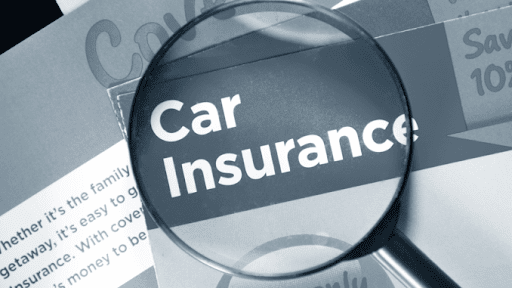There is a 50% chance that your state requires auto insurance if you live in the U.S. Knowing you need car insurance is only the initial stage. After that, you need to look for car insurers, compare the quotations, and choose the best coverage provider. But before you look for insurance coverage, you need first to get familiar with a few terminologies used in auto insurance to understand the details of insurance. Thus, it is crucial for getting a great deal to understand the details of auto insurance. Here is a list of terms used in car insurance to get familiarized with.
Premium
The premium is the subscription payment for the activation of coverage you pay to the insurance company. Your premium amount depends on a few factors, such as your age, sex, credit scores, type of car, etc. The premium payments can be monthly, bi-monthly, or all up-front.
Deductible
Deductibles are the amount one has to pay out of their pocket for the damage or loss of your car. The insurance company will cover the rest of the cost once you pay the deductibles fully. Deductibles and premiums have an inverse relationship; if you have a high deductible, your premium will be low.
Primary Driver
The primary driver is the person directly under your auto insurance policy. Usually, families include every driving age member as the primary drivers. It allows benefits to the family as whoever is driving the damage to the person or car will be covered.
Occasional Driver
An occasional driver is a person that infrequently drives your car. They may be your child, spouse, or any friend. However, your insurer will decide whether the person is enough to issue the occasional driver’s designation. Time spend behind the wheel, and driving miles are the factors to consider for an occasional driver.
At-fault
The term “at-fault” refers to the party responsible for the accident. Usually, the person responsible for the accident or his auto insurance pays for the damages. However, many states of the U.S. are also no-fault states, such as Pennsylvania and Florida.
Uninsured/Underinsured Motorist Coverage
Underinsured motorist coverage pays for the medical expenses or property damage when you meet an accident you are not at fault and the insurance of at-fault party limits before all your costs are covered. It will help cover the difference. In contrast, uninsured motorist coverage pays the costs when the at-fault party has no insurance. According to the severity of the accident, these coverages can pay for bodily injuries as well. But limitations apply to both types of insurance coverage.
Liability Coverage
The liability coverage would pay for the property damage or a person’s injury if the accident were your fault. Usually, states require a minimum level of liability coverage. Moreover, it covers you from the financial constraints that you can get if you pay for the medical, recovery of the other party, or legal defense if they sue you.
Personal Injury Protection (PIP)
The PIP policy provides coverage for the insured person’s medical or funeral and any person involved in the accident. Few states don’t have PIP coverage available, whereas some states have a PIP policy but refer to it as “no-fault” coverage.
Collision Coverage
The collision coverage pays to repair or replace your car if it’s damaged or collided with some object like a car hit by a stationary object like a footpath. Also, the coverage is crucial as it protects your vehicle from the damage caused by any other vehicle. It is also applicable for uninsured drivers or hit-and-run collisions. Collision coverage is optional in the majority of states, and you have to choose the coverage yourself.
Comprehensive Coverage
Comprehensive insurance provides coverage for your car damage from natural disasters such as wind, fire, storms, and theft. But comprehensive coverage doesn’t offer full coverage. It doesn’t mean you purchase comprehensive coverage and forget all other policies.


